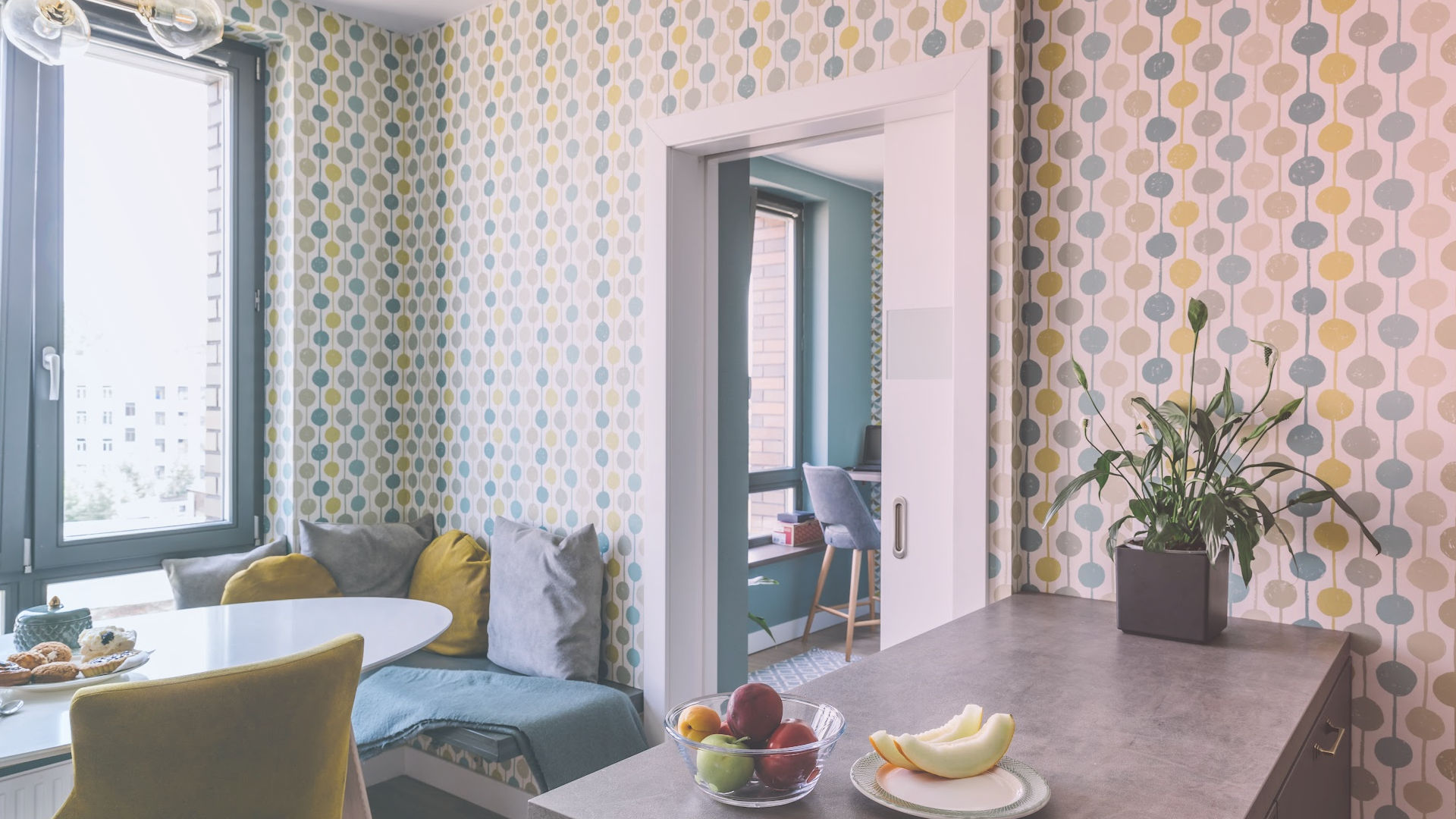Home Office Declutter Overview

Start with a Clear Vision for Your Space
Before you touch a single item on your desk, take a moment to envision what you want your home office to look like. Think about how you want the space to function—whether it’s strictly for work, creative pursuits, meetings, or a mix of all three. Having a clear mental image of your ideal workspace sets the tone for every decision you’ll make during the decluttering process. This helps prevent you from organizing things just for the sake of keeping them and encourages a more intentional approach. Close your eyes and imagine walking into the office of your dreams: is it clean, minimal, inspiring? That’s your goal.
Remove Everything to Start Fresh
To truly declutter, you need a clean slate. Begin by removing every item from your desk, shelves, drawers, and floor. Yes, every single thing. It might seem extreme, but this step is crucial. When items are in their usual places, it’s easy to become blind to clutter. Taking everything out forces you to reevaluate each object on its own merit instead of its current location. As your surfaces empty, you’ll start to see the physical and mental weight you’ve been carrying in that clutter. An empty space lets you breathe and offers a rare opportunity to be selective when you put things back.
Sort and Categorize Everything You’ve Removed
Once everything is out in the open, begin sorting. Create general categories like office supplies, paperwork, electronics, personal items, cables, decor, and trash. This process will not only show you what you have but also reveal how much you have of each category. Most people are surprised to find they own 15 pens, 6 outdated chargers, and piles of documents they haven’t looked at in years. You’ll start noticing patterns, such as an excess of things you never actually use. The goal here isn’t to make decisions yet just to see what you’re working with.
Be Ruthlessly Honest During the Purge
Now that everything is categorized, begin the process of elimination. Pick up each item and ask yourself: “Do I use this regularly? Does it serve a clear purpose? Do I even like it?” If the answer is no, it’s time to let it go. Toss broken or unnecessary items in the trash or recycling. Place outdated paperwork in a shred pile. Create a donation box for functional items you no longer need. Don’t hang onto something “just in case.” A home office should be functional, not a storage room for forgotten knick-knacks and obsolete tech.
Clean Every Surface Thoroughly
Before anything goes back, give your home office a proper cleaning. Wipe down every surface your desk, shelves, baseboards, chair, and windows. Dust can build up in overlooked corners, and grime tends to accumulate under rarely moved objects. Vacuum or mop the floors, clean the inside of drawers, and disinfect electronics like your keyboard and mouse. This isn’t just about cleanliness it’s about symbolically refreshing the space. You’re creating a new beginning, and a clean environment reinforces the mental shift that decluttering brings.
Prioritize Function When Reorganizing
Now it’s time to thoughtfully return only the items you’ve decided to keep. Prioritize placement based on function and frequency of use. Items you use daily your computer, notepad, favorite pen should be within easy reach. Less frequently used items can be stored in drawers or shelves. Use drawer dividers, small bins, or desktop organizers to prevent clutter from creeping back in. Your workspace should flow with how you work. If you find yourself constantly reaching or rummaging, reconsider the layout. Efficiency is the new luxury in a well-organized office.
Create a Digital Declutter Strategy
Your physical space may now be streamlined, but digital clutter can be just as stressful. Take this opportunity to tidy your digital workspace as well. Clean up your desktop, delete unused apps or files, and organize folders in a logical structure. Unsubscribe from unnecessary email newsletters and consider setting up filters to route messages to appropriate folders automatically. A digital clean-up boosts focus and productivity, ensuring that both your physical and virtual environments support your goals without unnecessary distractions.
Designate Storage Zones and Label Them
Everything in your home office should have a dedicated home. If you have files, label folders and categorize them clearly—tax documents, contracts, reference materials, etc. If you store craft supplies, use transparent containers or labeled boxes. Labeling isn’t about being obsessive; it’s about saving time and reducing decision fatigue later. When you know exactly where things go, it’s easier to put them away and much harder to lose them. Group like items together and store them in a way that matches your work rhythm.
Add Inspiration Without Reintroducing Clutter
A decluttered home office doesn’t need to be sterile. Once everything functional is in place, add a few carefully chosen items that inspire or uplift you a framed quote, a photo, a plant, or a piece of artwork. Just make sure these additions don’t overwhelm your space or create new distractions. Less is more. Choose pieces that add energy or calm, depending on what you want your office to feel like. These final touches personalize your space and make it feel inviting, without undermining the clean foundation you’ve built.
Commit to a Weekly Maintenance Habit
Decluttering isn’t a one-time project it’s a habit. Set aside time every week to do a quick scan of your office. File loose papers, return stray items to their proper places, and wipe down your desk. A ten-minute routine can prevent chaos from returning. Think of it like brushing your teeth it may seem small, but it keeps the entire system running smoothly. By maintaining order regularly, you won’t need to go through another full-blown overhaul again anytime soon. Your clean, focused, functional office can now truly support your work and creativity without competing for your attention.





